Fordype
Fordyp deg ved hjelp av litteratur og klinisk dokumentasjon.
Fordyp deg ved hjelp av litteratur og klinisk dokumentasjon.

Fordyp deg ved hjelp av litteratur og klinisk dokumentasjon.
key:global.content-type: Webinar
I dette webinaret vil du høre fra Dr. Rebecca Haddad som er lege som spesialiserer seg i fysikalsk medisin og rehabilitering med fokus på geriatri ved Sorbonne Université i Paris, Frankrike. Hennes kliniske, forsknings- og undervisningsarbeid er dedikert til omsorg for mennesker som eldes med funksjonshemminger, med spesielt fokus på aldring av blæren.

key:global.content-type: Webinar
I dette webinaret vil du høre fra Dr. Gianluca Sampogna, urolog/kirurg som jobber ved Spinal Unit, Niguarda Hospital, Milano, et senter for blære-, tarm- og seksuelle helseproblemer i ryggmargsskadet befolkning. Han er leder for Sexual Health Program som tilbyr mange løsninger fra seksuell rådgivning til rehabilitering, fra farmakoterapi til kirurgi.

key:global.content-type: Webinar
I dette webinaret vil du høre fra Dr. Gianna Rodriguez, professor fra Michigan USA. Hun er direktør for Spinal Cory Injury (RMS)-programmet ved Institutt for fysisk medisin og rehabilitering (PMR) ved Michigan Medicine i USA.

key:global.content-type: Article
Denne artikkelen utforsker hvordan aldringsprosessen påvirker blære- og tarmfunksjonen hos RMS-pasienter og diskuterer behovet for spesialiserte behandlingsstrategier.

key:global.content-type: Article
Denne artikkelen oppsummerer de viktigste utfordringene og anbefalingene som er identifisert i retningslinjer for klinisk praksis (CPG) som styrer en aldrende befolkning med ryggmargsskade. Den fremhever også hull og forbedringsområder i eksisterende retningslinjer.

key:global.content-type: Publication highlight
The traditional view of urine sterility has been challenged by the discovery of the urinary microbiome, meaning a mix of bacteria and microorganisms within the urinary tract. This unique relationship between microbes and humans is still not fully understood but has gained a lot of attention in clinical research in the last decade.

key:global.content-type: Article
This study provides valuable insights into the experiences of individuals undergoing IC that optimize patient care and support.
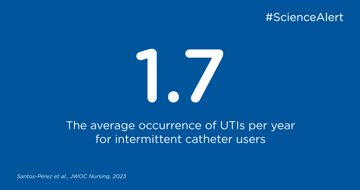
key:global.content-type: Publication highlight
In this article we sum up the key findings and recommendations of a 2023 study by Bauer et al. which explores intermittent catheterization (IC) by children and adolescent in school settings.

key:global.content-type: Article
Benign prostatic hyperplasia (BPH) is a leading diagnosis among males. Approximately 100,000 men are treated with transurethral prostate (TURP) surgery each year, making it one of the most common surgical procedures in the United States and several other countries.
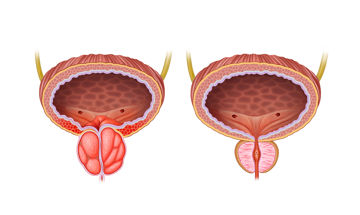
In this publication highlight you can read about the identification, assessment, and treatment of urinary incontinence and bowel control issues.
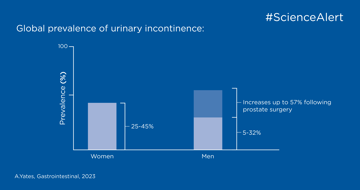
Keeping up-to-date and determining the veracity of scientific articles and clinical studies can be overwhelming, so we’ve put together a checklist to help you.

key:global.content-type: Article
Recurrent UTIs in children with neurogenic bladders constitute high risk of leading to severe kidney damage and need to be an area of attention. This study is useful in determining treatments and proactive measures for preventing recurrent UTIs.
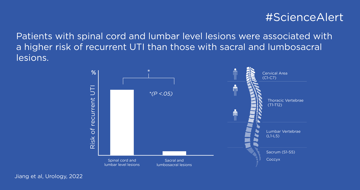
key:global.content-type: Article
In this publication highlight you will learn more about autonomic dysreflexia (AD) an how to manage an AD episode.
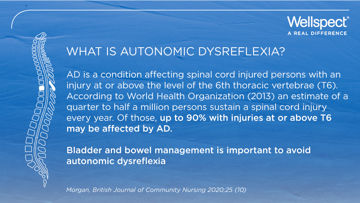
key:global.content-type: Article
In this publication highlight you can read more about how to evaluate neurogenic bladder and bowel dysfunction with a patient-centric tool, goal attainment scaling, to individualize management.

key:global.content-type: Article
A surprisingly high number of patients reuses catheters intended for single-use every day putting them at risk for unnecessary complications. Single-use hydrophilic catheters for intermittent catheterization lower the risk for short- and long-term complications and are a convenient and preferred choice for many patients.
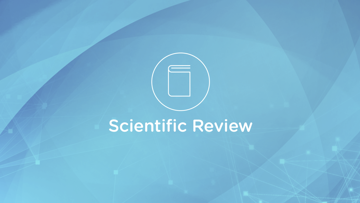
key:global.content-type: Article
Introduction of a no-touch catheter/technique for intermittent catheterization seems to be well accepted both by caregivers and patients and it is not necessarily associated with higher costs. On the contrary, it could potentially reduce costs, saving time and errors in the healthcare system and reduce infection complications in general. The clinical evidence level is low for using no-touch technique/catheter to reduce UTIs but current available studies suggest benefits of it.

key:global.content-type: Article
Catheter associated urinary tract infections (CAUTI) are common in the hospital setting with consequential morbidity and mortality. The risk of bacterial adhesion and invasion of the urinary tract increases with use of an indwelling catheterization and may be reduced by adopting intermittent catheterization using hydrophilic single-use catheters.
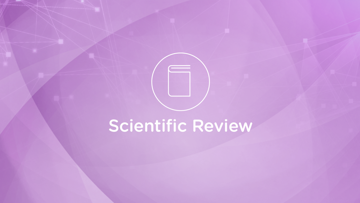
key:global.content-type: Article
Bladder management with intermittent catheterization is associated with complications. The most severe and common one is UTI.

In this publication highlight you can read about how constipation impacts urogenital symptoms in women.
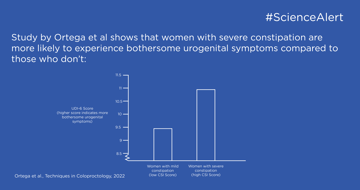
key:global.content-type: Article
For those who cannot empty their bladder the normal way, intermittent catheterization is the therapy of choice to maintain urethral health. Complications are common but when hydrophilic single-use catheters entered the market, the risks of UTI dropped significantly. Low friction seemed to be key to maintain urethral health. Today, there is only one hydrophilic catheter that is scientifically proven to reduce complications also after long-term use.

At Wellspect HealthCare we take our enviromental responsibility seriously. We continuously work to minimise the enviromental impact related to our products. We ensure that proper materials are used and all applicable production requirements are followed.
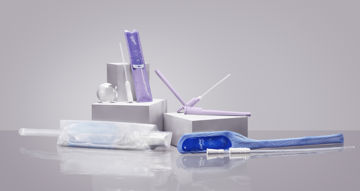
key:global.content-type: Article
With more than 30 years on the market, LoFric has been used and documented en several ways. In addition to efficiently emptying the bladder, LoFric's versatile use includes treatment and prevention of recurrent strictures, administration of chemotherapy by bladder instillation, and resolution of rare complications.

key:global.content-type: Article
Single-use hydrophilic catheters were developed in the early eighties to address long-term complications of intermittent catheterization as seen when reusing plastic catheters with add-on lubrication. As reported by Wyndaele and Maes1 and Perrouin-Verbe et al.2 the majority of complications related to intermittent catheterization occur after long-term use as a result of damage to the urethral wall from repeated catheterizations. In contrast, long-term use of LoFric hydrophilic catheters is reported to prevent urethral trauma and complications.3 4

key:global.content-type: Article
Urine often has a high concentration of particles and low content of water. This is referred to as high osmolality. Urine osmolality has a direct effect on catheter lubrication and plays an important role for people who use hydrophilic catheters. Catheters with a surface osmolality in balance with urine is key to reducing withdrawal friction.

key:global.content-type: Article
A lubricated catheter is recommended to reduce damage to the urethra and lower the risk of hematuria which is a common complication. A cross-over study comparing different hydrophilic catheters showed an even lower frequency of hematuria in patients who chose LoFric.

key:global.content-type: Article
Bladder instillation is used for local administration of drugs into the bladder. This is used for treatment of interstitial cystitis and cancer, for example. Drugs are being delivered by catheters and a hydrophilic-coated surface such as that of the LoFric catheters reduces the risk for trauma associated with instillation therapy.

key:global.content-type: Article
A urethral stricture is an abnormal narrowing of the urethra and is often caused by trauma or inflammation. As catheterisation is one cause of strictures, non-traumatic catheterisation technique and catheter material are essential parts in preventing the occurrence of these complications.

key:global.content-type: Article
According to WHO the problem of antimicrobial resistance is so serious that it threatens our modern healthcare system.1 By 2050 it may cause 10 million deaths2 or more if we lose our ability to use effective antibiotics.

key:global.content-type: Article
Patient adherence plays a key role in a successful and cost-effective catheterization treatment. A patient who feels part of the decision-making, in control of his options and how they work with his lifestyle is more inclined to stick with his therapy and subsequently experience a good clinical outcome.

key:global.content-type: Article
Available clinical evidence supports the strategy to always consider intermittent catheterization as the first therapeutic choice, before considering the use of an indwelling catheter. Intermittent catheterization is the first therapeutic choice and is a safer bladder management method than both urethral and suprapubic indwelling catheters. Intermittent catheterization is central to reduce morbidity related to renal failure and neurogenic bladder dysfunction.
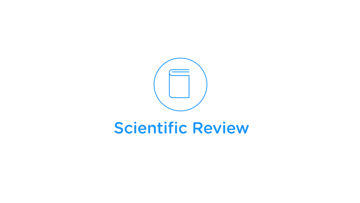
key:global.content-type: Article
Extensive studies support scientific literature claiming that use of hydrophilic catheters reduce urethral trauma and urinary tract infections. This in turn can minimize the need for antibiotics. Because of these benefits, we now know that hydrophilic catheters are one of the most cost-effective ways to prevent long term urological complications in general and UTI in particular.
Fordyp deg ved hjelp av litteratur og klinisk dokumentasjon.
key:global.content-type: Article
Take part of clinical evidence that speaks to the improved outcomes of using TAI in pediatric patients when coupled with an individualized approach upon initiation of TAI.

key:global.content-type: Article
Transanal irrigation's influence on gut microbiota could have a positive effect on the immune system and contribute to reduced UTIs, as per this clinical study by Futura et. al.
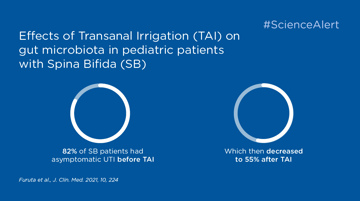
key:global.content-type: Webinar
I dette webinaret vil du høre fra Dr. Rebecca Haddad som er lege som spesialiserer seg i fysikalsk medisin og rehabilitering med fokus på geriatri ved Sorbonne Université i Paris, Frankrike. Hennes kliniske, forsknings- og undervisningsarbeid er dedikert til omsorg for mennesker som eldes med funksjonshemminger, med spesielt fokus på aldring av blæren.

key:global.content-type: Webinar
I dette webinaret vil du høre fra Dr. Gianluca Sampogna, urolog/kirurg som jobber ved Spinal Unit, Niguarda Hospital, Milano, et senter for blære-, tarm- og seksuelle helseproblemer i ryggmargsskadet befolkning. Han er leder for Sexual Health Program som tilbyr mange løsninger fra seksuell rådgivning til rehabilitering, fra farmakoterapi til kirurgi.

key:global.content-type: Webinar
I dette webinaret vil du høre fra Dr. Gianna Rodriguez, professor fra Michigan USA. Hun er direktør for Spinal Cory Injury (RMS)-programmet ved Institutt for fysisk medisin og rehabilitering (PMR) ved Michigan Medicine i USA.

key:global.content-type: Article
Denne artikkelen utforsker hvordan aldringsprosessen påvirker blære- og tarmfunksjonen hos RMS-pasienter og diskuterer behovet for spesialiserte behandlingsstrategier.

key:global.content-type: Article
A cost-effectiveness analysis of Navina Smart on adult patients affected by neurogenic bowel dysfunction.

key:global.content-type: Article
Transanal Irrigation (TAI) is known to be a successful therapy to treat LARS, and in this study, Orlandi et al explore the use of TAI as a treatment option for women with endometriosis who experience LARS-like symptoms.

key:global.content-type: Article
Take part of clinical data on transanal irrigation as a mean to manage neurogenic bowel in the pediatric population with Spina Bifida
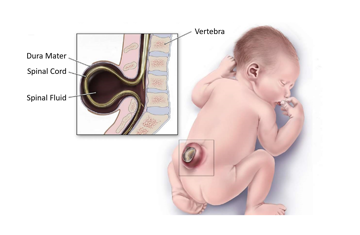
key:global.content-type: Publication highlight
In this publication highlight you can read about how to manage bowel dysfunction in individuals with cauda equina syndrome.
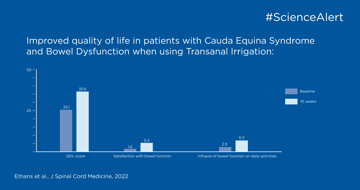
key:global.content-type: Article

key:global.content-type: Article
Defecation disorders are common in conditions affecting the nervous system, such as spinal cord injury, multiple sclerosis, spina bifida and severe Parkinson’s disease, and have great impact on self-esteem, personal relationships and social life.
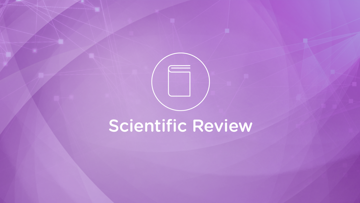
key:global.content-type: Article
In this publication highlight you can read about what a neurogenic bowel is and goals and recommendations for treatment.
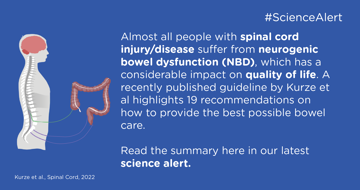
In this publication highlight you can read about the identification, assessment, and treatment of urinary incontinence and bowel control issues.

Keeping up-to-date and determining the veracity of scientific articles and clinical studies can be overwhelming, so we’ve put together a checklist to help you.

key:global.content-type: Article
In this publication highlight you will learn more about autonomic dysreflexia (AD) an how to manage an AD episode.

key:global.content-type: Article
In this scientific review you will learn more about incomplete emptying causes and treatment.

key:global.content-type: Article
In this publication highlight you can read more about how to evaluate neurogenic bladder and bowel dysfunction with a patient-centric tool, goal attainment scaling, to individualize management.

key:global.content-type: Article
Bowel problems in children are common, up to 29% of children can be affected by functional constipation and functional fecal incontinence, where the symptom origin is not known.
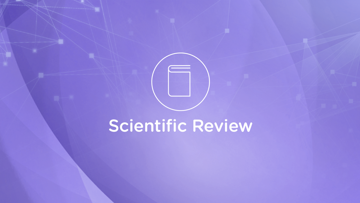
In this publication highlight you can read about how constipation impacts urogenital symptoms in women.

key:global.content-type: Article
In this publication highlight you can read about pediatric constipation causes, impact and management.
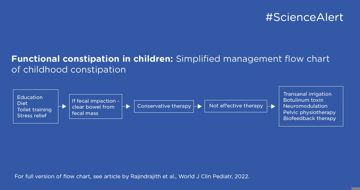
key:global.content-type: Article
In this science article a combined retrospective and cross-sectional survey study investigates chronic idiopathic constipation in children and bowel regimen with bowel irrigation, also called transanal irrigation (TAI).
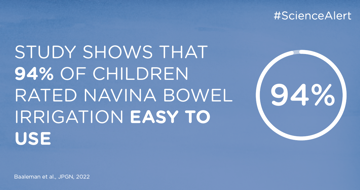
key:global.content-type: Article
This is a summary of the published article Long-term efficacy and safety of transanal irrigation in multiple sclerosis by Passananti et al. 2016
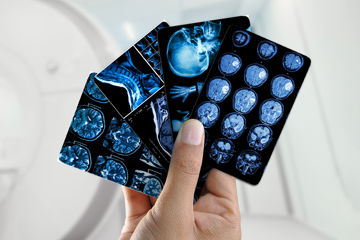
key:global.content-type: Article
Bowel dysfunction is surrounded by misconceptions and taboos that may interfere with treatment and that may result in self-medication not always innocuous to the patient care.

key:global.content-type: Article
Transanal irrigation (TAI) is a well-documented and safe bowel management therapy. Today, compliance is the major issue with TAI therapy, and may be improved through greater knowledge of which patient is best suited for TAI. Patient training and close follow up with digital support during start up may also increase compliance.

key:global.content-type: Article
Fecal incontinence (FI) means involuntary loss of rectal content such as solid and liquid stool, mucus or flatus. FI is not a diagnosis but a symptom. It is considered a stigmatizing condition, and fear of having an accident in public restricts the social and working life for those who experience it. Although there are many treatment options, their long-term efficacy is poorly investigated.
